Seamless Backup Power Installation for Homes and Businesses
Installing a backup generator provides reliable power during outages, ensuring continuous operation of essential household systems and appliances. With rising frequency and duration of power outages, a professionally installed backup generator offers peace of mind and security for residential properties.
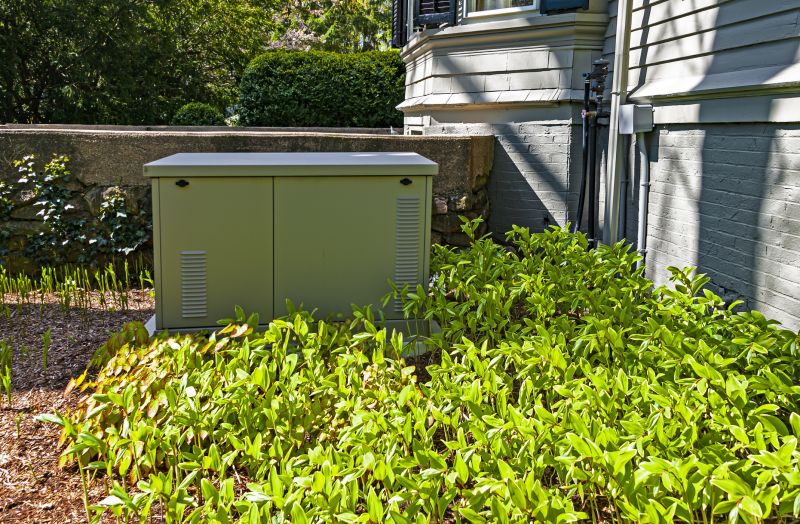
A backup generator installed in a residential setting, ready to provide power during outages.
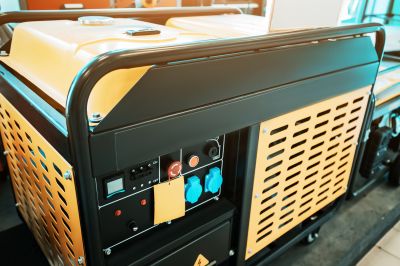
Close-up of a generator connection panel, illustrating safe and secure wiring.
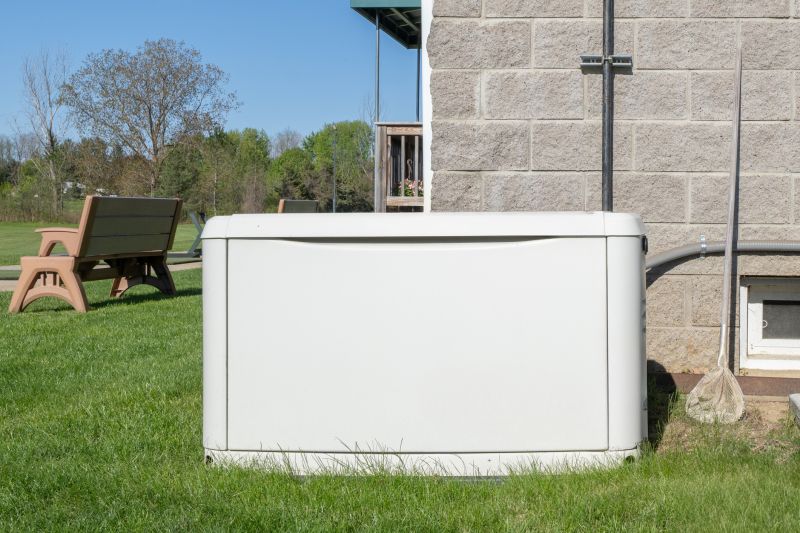
A generator installed inside a garage, integrated seamlessly with the home's electrical system.
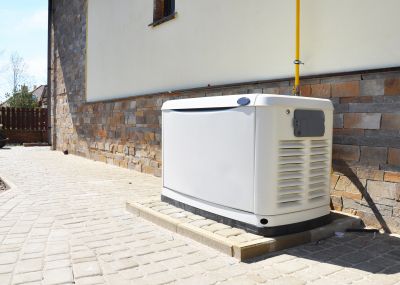
A weatherproofed backup generator positioned outdoors for optimal performance.
The process of installing a backup generator involves several key steps. It begins with a site assessment to determine the optimal location, considering factors such as ventilation, accessibility, and proximity to the main electrical panel. Next, the electrical system is prepared, and the generator is installed with proper grounding and connection to the home's electrical system. The installation typically takes between one to three days, depending on the complexity of the setup and site conditions. Professional installation ensures compliance with local codes and safety standards, minimizing potential hazards.
A backup generator provides consistent power, reducing disruptions caused by outages.
Critical appliances and systems like refrigeration, heating, and security are safeguarded.
Installing a backup generator can enhance the value and appeal of a residential property.
Knowing that power will be available during outages reduces stress and inconvenience.
Having a backup generator installed contributes significantly to household resilience. It ensures that essential functions continue uninterrupted, especially during severe weather events or extended outages. The investment in a backup power system also offers long-term savings by preventing food spoilage, protecting electronics, and avoiding inconvenience and potential safety issues associated with power loss.

A backup generator installed in a driveway, providing reliable power access.
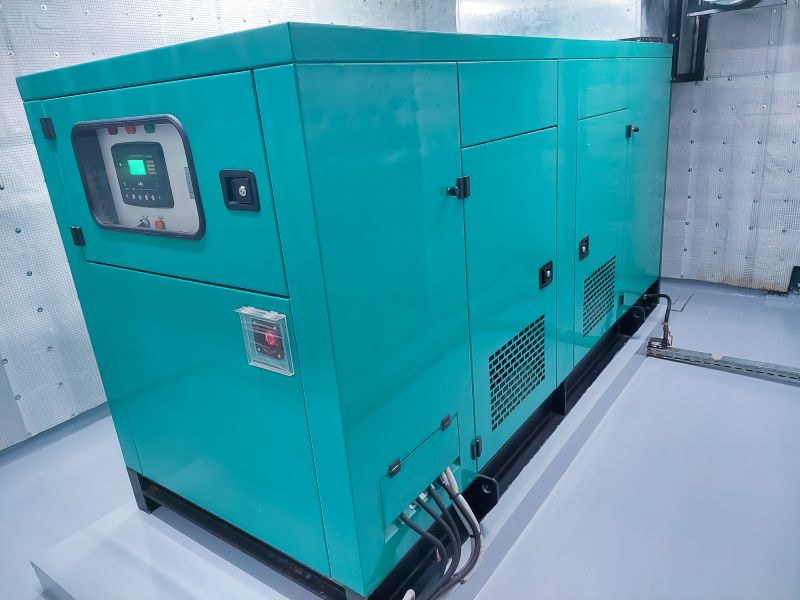
A close-up of the generator's control panel, highlighting ease of operation.

A weatherproofed backup generator designed for outdoor residential use.
Choosing to install a backup generator involves evaluating power needs, available space, and budget. The size and capacity of the generator should match the household's electrical load, ensuring sufficient power supply without unnecessary overcapacity. Professional assessment and installation guarantee optimal placement, wiring, and integration with existing electrical systems, maximizing safety and performance.
| Aspect | Details |
|---|---|
| Installation Time | Typically 1 to 3 days depending on site complexity |
| Power Capacity | Ranges from 7 kW to 45 kW for residential needs |
| Cost Range | Varies based on generator size and installation complexity |
| Maintenance Requirements | Regular inspections and periodic testing |
| Operational Cost | Dependent on generator size and fuel type |
| Return on Investment | Enhanced safety, convenience, and property value |
| Compatibility | Suitable for homes with critical systems and appliances |
Investing in a backup generator enhances household resilience and provides ongoing security during power disruptions. Proper installation ensures safety, efficiency, and long-term performance, making it a valuable addition to any residential property. It is recommended to consult with a professional to determine the appropriate generator size and configuration tailored to specific household needs.
Interested in securing reliable backup power for a residence? Fill out the quick contact form to receive a detailed quote for backup generator installation services and take the first step toward uninterrupted power supply.
